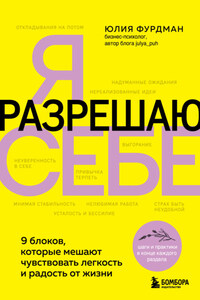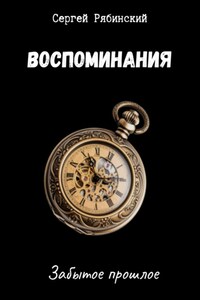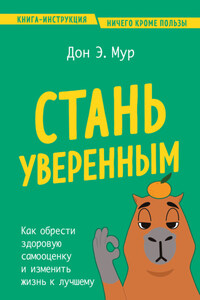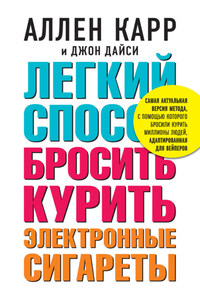‘If men and women act according to each other’s liking, their love for each other will not be lessened even in one hundred years.’
Kama Sutra
Sex is the chemistry of love and our most primal instinct. Since the beginning of time, men and women have indulged their senses in physical union, yet attitudes towards sex have varied greatly across centuries and throughout cultures.
Many would consider the West to have more liberal views when it comes to sex, but it is actually the ancient cultures of the East that have a longstanding tradition of erotic guides or love manuals. One only needs to study the ornate sculptured façades of the medieval Hindu temples at Khajuraho and Orissa, or the intricate art depicting the romantic love between Krishna and Radha to see how the pleasures of sex were enjoyed and celebrated. These sculptures and paintings invariably have their source in the most famous treatise on sex ever composed – the Kama Sutra.

Ever since an elderly Indian sage named Mallinaga Vatsyayana set down a series of sutras or ‘aphorisms’ on love over two thousand years ago, the Kama Sutra has been a source of inspiration in the art of sensual pleasure. Little is known of Vatsyayana, about his origins, his life, or even his own loves, other than that he wrote his work whilst engaged as a religious student in the holy city of Benares. Some historians maintain that he took an oath of celibacy, though he tells us himself that, after reading the texts of ancient authors, he then followed the ways of enjoyment mentioned in them.
In studying the writings of holy men who preceded him, Vatsyayana learnt of Nandi, the white bull, who stood guard for the gods Shiva and Parvati outside their bedroom in the palace of Mount Kailash, while they made love for 10,000 years. Nandi was sworn never to speak of this, but he broke his vow and the words he uttered fell as flowers and were collected up and strung on sutras, or threads. These were woven into a book of 1,000 chapters. Over time, this was abbreviated to 500 chapters, then abridged to 150 and finally condensed by Vatsyayana himself into seven parts.
With scientific thoroughness and disciplined brevity, Vatsyayana describes all aspects of love and sexual relationships: from seduction and lovemaking to education, marriage, and conjugal life; from the ideals and accomplishments of young urban men to the life of courtesans and women of the king’s harem. Even sex aids, aphrodisiacs and love potions have their place.
His text was composed ‘for the benefit of the world’ but he meant it as more than just an instrument to satisfy man’s desires; he maintained that a person who achieved balance and harmony between the main strands of life according to Hindu scripture – virtue or religious merit (Dharma), worldly wealth (Artha) and pleasure or sensual gratification (Kama) – would obtain success in every undertaking and ultimately would achieve spiritual emancipation.
Though often addressed to men, the Kama Sutra is not only concerned with the male perspective. Vatsyayana recommended that young women should also study the work before marriage and, with the consent of their husbands, should continue to familiarize themselves with its arts thereafter because ‘even the bare knowledge of them gives attractiveness to a woman’.
In Hindu thought, sex is not only considered natural and necessary but almost sacred, mimicking in human form the creation of the world. Hindus believe that the union of purusha (substance) and praktiri (energy) is necessary for life and is symbolised by the coming together of the great Hindu god Shiva with the divine force of Shakti, the mother goddess. Temples throughout India contain representations of Shiva in the form of a lingam (penis), whilst Shakti’s symbol is the yoni (vagina).

This belief that men, like gods, must harness women’s life-giving energy informs the writing of the Kama Sutra. Vatsyayana’s views on the approach to a woman seem enlightened for their time: ‘women, being of a tender nature, want tender beginnings,’ he muses; ‘the man should therefore approach the girl according to her liking, and should make use of those devices by which he may be able to establish himself more and more into her confidence.’ Vatsyayana insists that the art of love is not designed to satisfy the desires of man alone; the woman, too must experience the optimum delights that sensual pleasure affords, and preferably before the man has satisfied himself. Furthermore Vatsyayana maintained that, contrary to the prevailing wisdom of the time, women did indeed experience orgasm!








